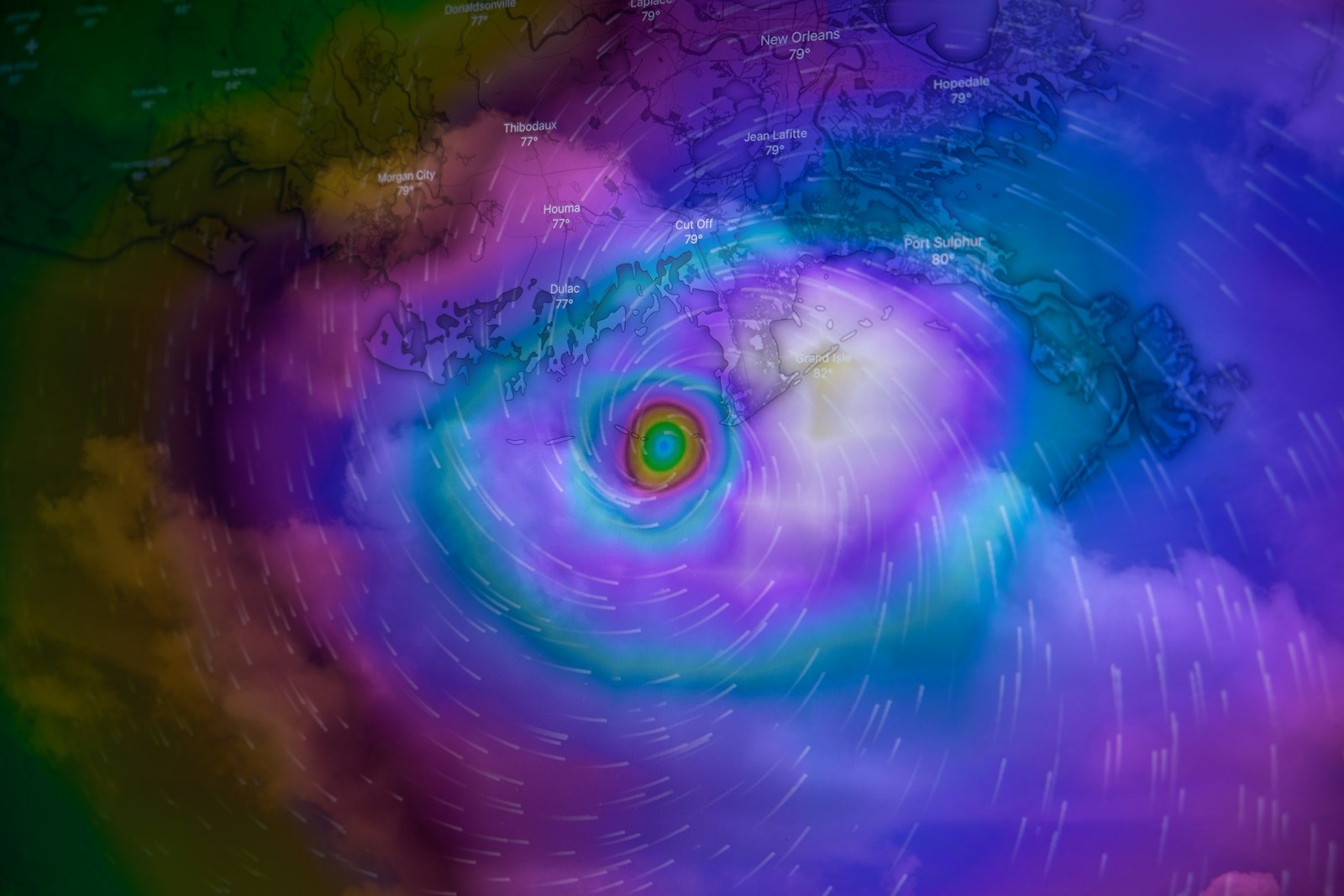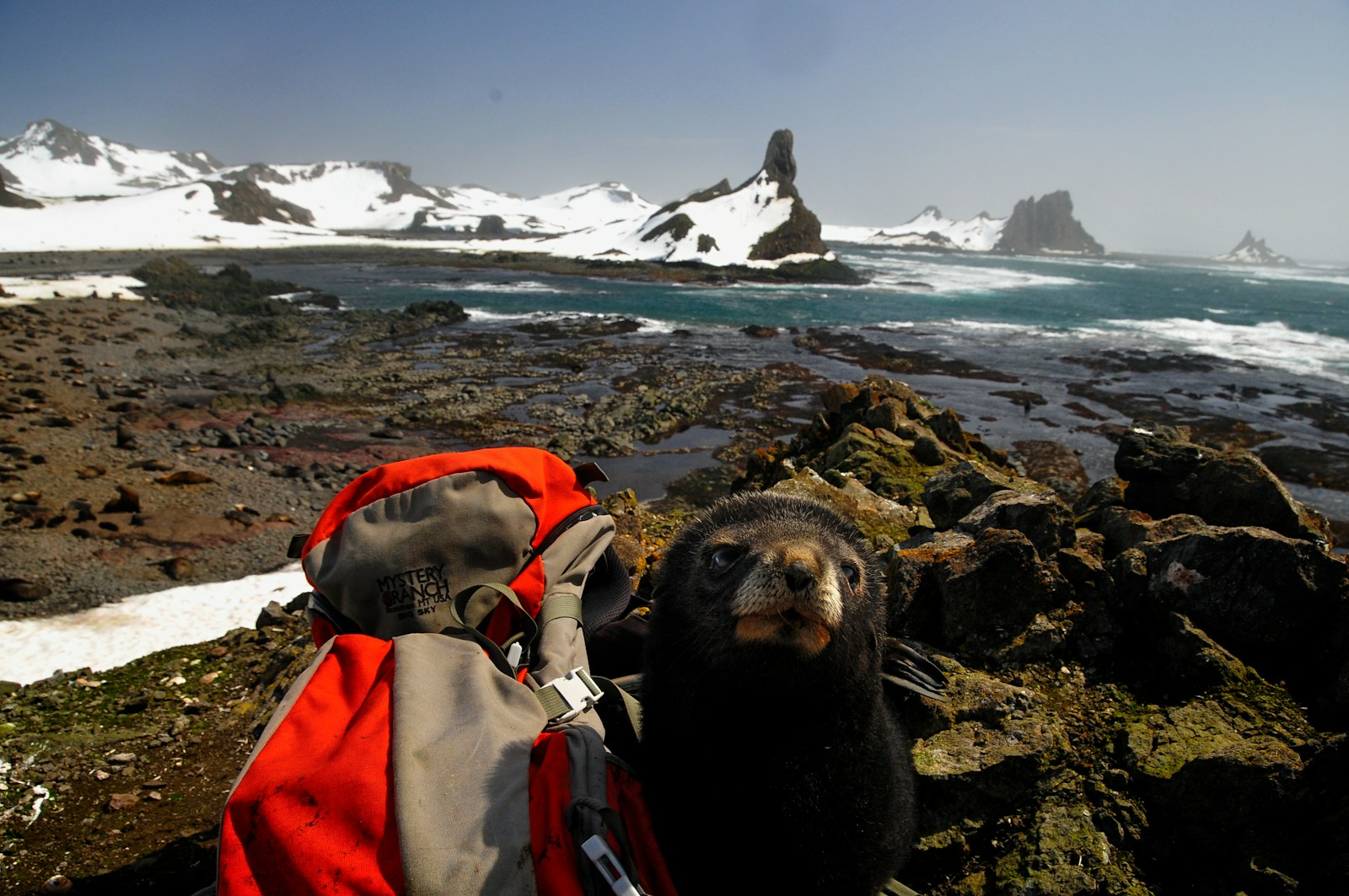Table of Contents
ToggleIntroduction
The Colorado River Basin covers approximately 647,500 square kilometers (250,000 square miles) in seven states across the western United States, supplying water to about 40 million people while supporting agriculture and natural ecosystems.
Massive Water Loss in Colorado River Basin Due to Climate Change
According to a new study conducted by the University of California, Los Angeles (UCLA), from 2000 to 2021, climate change caused the loss of over 40 trillion liters (10 trillion gallons) of water in this basin. This is equal to the full storage capacity of Lake Mead, the largest reservoir on the Colorado River. The massive loss of water prompted supply cuts under the first federally declared water shortage in 2021.
Southwest North American Megadrought Reduces River Flow and Shrinks Reservoirs
The southwestern North American megadrought is an ongoing drought that began in 2000. This is the driest multi-decade period the region has seen in at least 1,200 years. It has significantly reduced river flow and shrunk reservoirs, leading to widespread concerns about water scarcity as the climate continues to warm.
Sensitivity of the Colorado River Basin to Warming
“While we knew warming was having an impact on the Colorado Basin’s water availability, we were surprised to find how sensitive the basin is to warming compared to other major basins across the western U.S., and how high this sensitivity is in the relatively small area of the basin’s crucial snowpack regions,” said lead author Benjamin Bass, a hydrological modeler at UCLA.
The analysis revealed that from 1880 to 2021, the temperature in the Colorado River Basin increased by nearly 1.5 degrees Celsius due to climate change, leading to a 10.3 percent reduction in runoff. However, without including the effects of plants, current water loss would be closer to 13 percent, a discovery highlighting the importance of including vegetation processes in water modeling.
Importance of Vegetation in Water Modeling
While previous investigations of water resources in this region have largely focused on the effects of climate change, the current study also took into account the impact of plants’ complex responses to increased atmospheric carbon dioxide.
The researchers used a land surface model capable of analyzing water, changes in vegetation, and vegetation’s response to rises in atmospheric CO2 to examine how the basin’s hydrology changed between 1880 and 2021. They employed standard data sets to represent atmospheric conditions, streamflow gauges, and other records capturing the regional hydrology, as well as ground and satellite data to assess actual changes in vegetation.
Snowpack Regions Losing Water Twice as Fast as Snowless Regions
In addition, the researchers found that the parts of the basin which are usually snow-covered in winter are now losing water twice as fast as snowless regions, suggesting that the Rocky Mountain West is transitioning to a more arid climate rather than just undergoing periodic droughts. Since snowpack makes an outsized contribution to the basin’s water supply – accounting for two-thirds of the basin’s total runoff – these changes should be of immediate concern to water managers.
Implications for the 1922 Colorado River Compact
According to Bass, the 1922 Colorado River Compact – which governs the use of river water by the seven western U.S. states the Colorado River flows through – was written with the assumption that the regional climate was stable. When the representatives of these states signed the contract, “they expected 15 million acre-feet of water (about 18.5 trillion liters or 4.6 million gallons) would be provided from the basin, on average, each year.”
“If they were outlining the compact now, they would need to adjust that value due to the impact of warming. Going into the future, we may get some natural variability, wet or dry swings, but this study highlights that there’s been a decreasing trend in runoff. In the long run, that’s likely to continue if greenhouse gas emissions are not reduced,” he concluded.
Managing Water Resources and Mitigating Climate Change Impacts
The study has implications for the effective management of water resources and the need to mitigate the impacts of climate change to ensure the sustainability of the Colorado River Basin’s water supply.
Conclusion
In conclusion, the study highlights the urgent need to address climate change and its impacts on water resources. The Colorado River Basin’s water supply is crucial to the well-being of millions of people, agriculture, and natural ecosystems. The findings of this study underscore the need for effective management and mitigation strategies to ensure the sustainability of the basin’s water supply. The study also has implications for the 1922 Colorado River Compact, which may need to be reassessed in light of the changing climate. Ultimately, this study serves as a reminder of the importance of protecting our natural resources and taking action to address the urgent threat of climate change.








4 thoughts on “Climate Change Causes Massive Water Loss in Colorado River Basin: Study”
Pingback: Gulf Stream System Could Collapse by 2025: An AMOC Collapse
Pingback: America's Waterways Crisis: Protecting Our Vital Rivers
Pingback: Colorado River Water Loss: Climate Change Threatens Lake Mead
Pingback: Big Waves off California: An Effect of Earth's Warming Climate